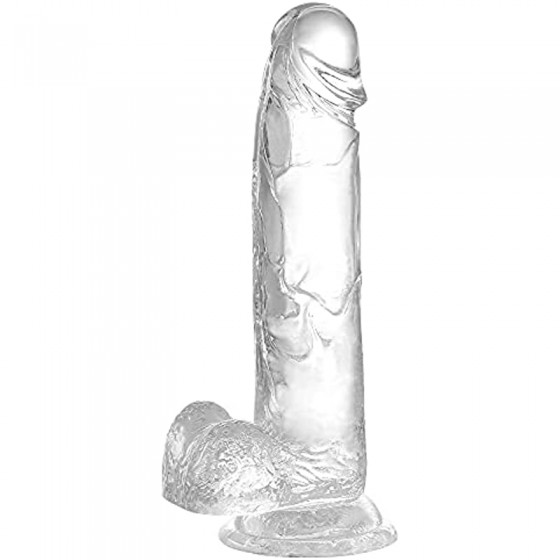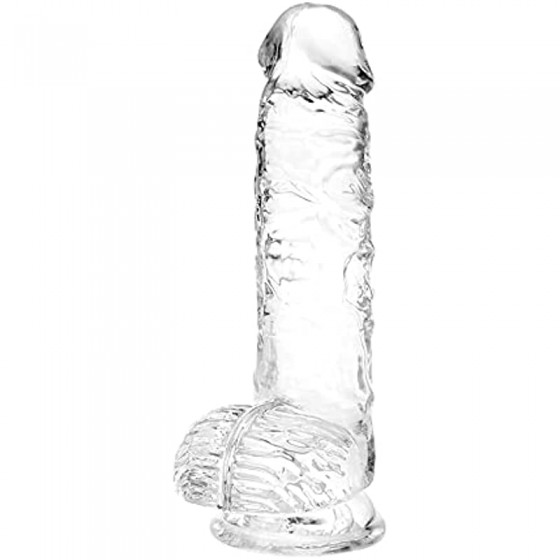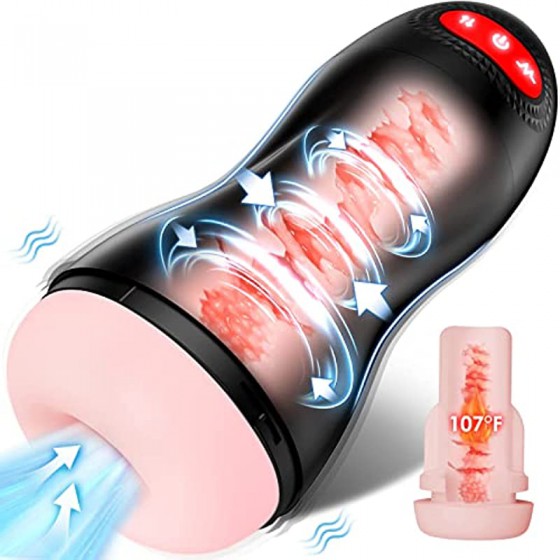Women also have sexual dysfunction! These seven problems are caused by it
Sexual dysfunction is not limited to men. Women also have sexual dysfunction, and female sexual dysfunction is often ignored. So, what are the causes of female sexual dysfunction? There are three major causes of female sexual dysfunction
The causes of sexual dysfunction can be roughly divided into three categories: biological factors, mental factors and cultural factors.
1. Biological factors. Sexual dysfunction may be caused by a variety of reasons including genetics, health conditions, hormone levels, age, diseases (including chronic diseases, neuropsychiatric disorders, endocrine diseases, and reproductive organ lesions). Drugs, long-term heavy drinking or drug abuse can also cause sexual dysfunction.
2. Mental and psychological factors. Mental and psychological factors have a prominent impact on sexual function, including wrong sexual concepts, the impact of past sexual experiences, environmental factors, interpersonal tension and negative emotions caused by various external factors.
3. Cultural factors. Affected by religious and cultural backgrounds, some people have prejudices against sexual life (for example, they believe that one drop of semen and ten drops of blood), believe that sexual intercourse will deplete their vitality, and subjectively give up or reduce sexual activities, which can easily lead to sexual depression.
Frequently asked questions about female sexual dysfunction
1. Sexual desire suppression. It means that a woman has no sexual desire for a long time, but still agrees to have sex when a man asks for it. This is manifested by a lack of interest in sex from the beginning, or a low receptivity to sex. There are many factors that can contribute to the lack of desire for sex, including Hormone changes, medical conditions and treatments such as cancer and chemotherapy, depression, pregnancy, stress and fatigue, and distress and boredom with regular sex patterns may also contribute to a lack of enthusiasm for sex.
2. Sexual disgust. It is a consistent morbid aversion to sexual life, with a negative attitude toward any form of sexual contact, such as kissing and hugging. Sometimes, when thinking about sexual life, one will feel worried, disgusted, and even sweat, nausea, and nervousness. , symptoms of vomiting and abdominal pain, try to avoid sexual stimulation.
3. Sexual arousal disorder. Sexual desire is produced slowly and impulse is delayed, but normal sexual performance can still occur after arousal.
4. Orgasm. Functional disorders are divided into two types: primary and secondary. Primary orgasmic dysfunction occurs when a woman is sexually aroused but never reaches orgasm. Secondary orgasmic dysfunction refers to an orgasm that occurred in the past but now disappears.
5. Pain during sexual intercourse. Including pain in the vulva, vagina and lower abdomen. The pain time can be divided into during and after sexual intercourse. Pain during sexual intercourse can be caused by a series of problems, including endometriosis, pelvic tumors, ovarian cysts, vaginitis, vaginal Not enough lubrication, some external scar tissue or sexually transmitted diseases.
6. Vaginismus. It refers to the involuntary spasm or narrowing of the muscles surrounding the vaginal opening and the outer 1/3 of the vagina. During sexual intercourse, the penis cannot enter the vagina due to vaginismus and pain. Vaginismus can be divided into two types: primary and secondary. Primary vaginismus means that once the sexual organs come into contact, the vagina will spasm and sexual intercourse cannot be completed. Secondary vaginismus is a condition in which spasms suddenly occur months or years after a normal sexual life in the past. According to the time when spasms occur, it can be divided into two types: before sexual intercourse and during sexual intercourse. The former cannot complete sexual life, and the latter The patient may interrupt sexual intercourse and even cause extreme pain to the spouse.
7. Neurotic anxiety and sexual phobia. It refers to the fear and fear of the upcoming sexual life. If you are exposed to this problem, you will have nervous uneasiness and anxiety.
Female sexual dysfunction involves physiological, pathological, psychological, social and other factors, and generally requires psychological treatment and hormone drugs.













